
Ingredient
Bovine, minced meat
Versatile Ground Beef
Bovine, minced meat, is characterized by its finely ground texture, vibrant red color, and savory taste. It offers a balance of lean meat and fat, resulting in a juicy and flavorful ingredient that can be used in a wide range of recipes. Whether it's forming the base of a hearty Bolognese sauce, being shaped into juicy burgers, or adding depth to a comforting chili, ground beef is a culinary powerhouse.
Origins and history
The consumption of beef dates back thousands of years, with evidence of domestication and utilization by ancient civilizations. Ground beef, as we know it today, became popular in the early 20th century with the rise of industrial meat processing. It quickly gained popularity due to its affordability, versatility, and ability to be easily incorporated into various dishes. Today, ground beef is a staple in many cuisines around the world, from American classics like hamburgers to Italian favorites like meatballs and lasagna.
Nutritional information
Bovine, minced meat, is a good source of high-quality protein, essential amino acids, vitamins, and minerals. However, it is important to choose lean or extra lean varieties to minimize saturated fat intake. Additionally, the nutritional composition may vary depending on the specific cut of beef used for grinding.
Allergens
Individuals with allergies to beef or specific proteins found in bovine meat should avoid consuming minced meat. It is also important to handle and cook ground beef properly to prevent foodborne illnesses, as it can be a potential source of bacterial contamination.
How to select
When selecting bovine, minced meat, look for bright red color with minimal discoloration. Choose packages that are cold to the touch and have no signs of excessive moisture or unpleasant odor. Opt for freshly ground meat or ask the butcher to grind it for you to ensure quality and freshness.
Storage recommendations
To maintain the freshness and quality of bovine, minced meat, store it in the refrigerator at temperatures below 40°F (4°C). Use it within 1-2 days of purchase or freeze it for longer storage. When freezing, divide the meat into portion-sized packages and ensure proper packaging to prevent freezer burn.
How to produce
Producing bovine, minced meat at home requires access to high-quality beef cuts and a meat grinder. However, it is more commonly produced on an industrial scale. For home cooks, purchasing pre-ground beef from reputable sources is the most practical option.
Preparation tips
Ground beef can be prepared in various ways, including browning, simmering, grilling, or baking. It can be used as a base for sauces, stews, or meatballs, or shaped into patties for burgers. When cooking ground beef, ensure it reaches a safe internal temperature of 160°F (71°C) to eliminate any potential bacterial contamination.
Substitutions
Ground turkey or ground chicken can be used as substitutes for bovine, minced meat in many recipes. They offer a leaner alternative with a milder flavor. For vegetarian options, consider using plant-based ground meat substitutes made from soy, mushrooms, or legumes.
Culinary uses
Bovine, minced meat, is a versatile ingredient used in a wide range of dishes. It is commonly used in classics like spaghetti Bolognese, chili con carne, meatloaf, and tacos. It can also be used as a filling for stuffed peppers, shepherd's pie, or as a topping for pizzas and nachos.
Availability
Bovine, minced meat, is widely available in supermarkets, butcher shops, and grocery stores worldwide. It is commonly consumed in countries with a strong meat-eating culture, such as the United States, Argentina, Australia, and Brazil.
More ingredients from this category

Calf fresh meat
Tender Delight: Exploring the World of Calf Fresh Meat

Buffalo, american fresh meat
The Mighty Bison

Cow, ox or bull fresh meat
The Prized Protein: Exploring Cow, Ox, or Bull Fresh Meat

Yak fresh meat
The Exquisite Delicacy of Yak Meat
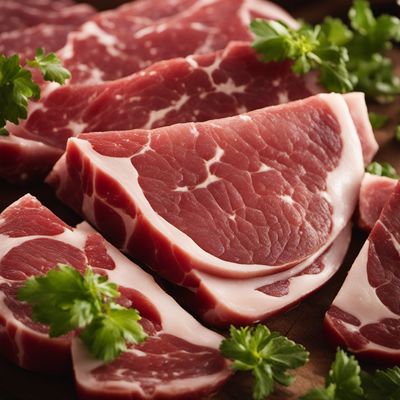
Zebu fresh meat
The Exotic Delicacy

Buffalo fresh meat
The Lean and Flavorful Protein

Buffalo, african fresh meat
The African Delicacy: Fresh Buffalo Meat
Recipes using Bovine, minced meat » Browse all

Tajik Pastrami Burger
Savory Fusion: Tajik Pastrami Burger with a Spicy Twist
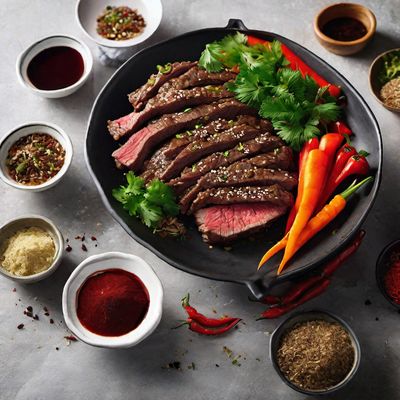
Bulgogi à la française
Bulgogi with a French twist

Authentic Ethiopian Kitfo Recipe
Spiced Ethiopian Beef Tartare: Kitfo Delight
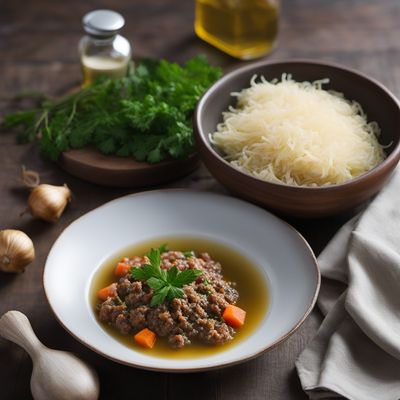
Homemade Anolini in Brodo
Savory Delights: Homemade Anolini in a Flavorful Broth
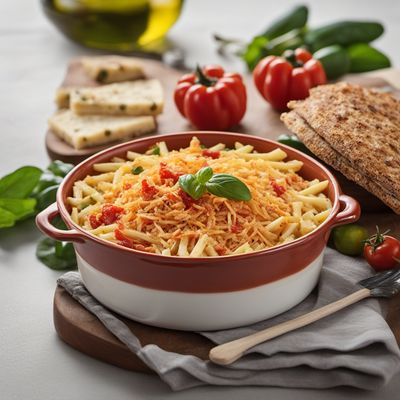
Maltese Timpana with a Twist
Savory Layers: A Modern Twist on Maltese Timpana

Danish-style Meatballs
Savory Danish Delights: Traditional Danish-style Meatballs

Pyzy with Meat Filling
Savory Polish Dumplings: Pyzy with a Delicious Meat Filling

Nasi Gandul with Spiced Beef and Coconut Rice
Indonesian Delight: Fragrant Spiced Beef with Coconut Rice
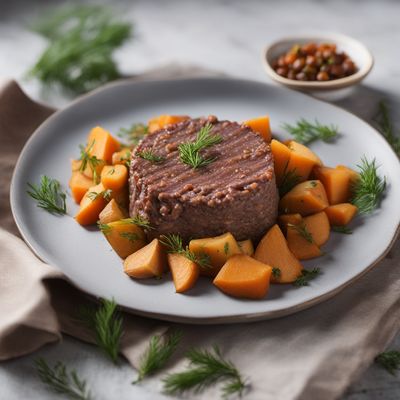
Nordic-inspired Pâté Chinois
Nordic Comfort: A Twist on Pâté Chinois

Authentic Bavarian Weißwürste
Bavarian Delight: Traditional Weißwürste with Mustard and Pretzels

Homemade Bosnian Salenjaci
Savory Bosnian Pastry Delight

Surinamese Spiced Bun Kebab
Savory Surinamese Bun Kebab Delight